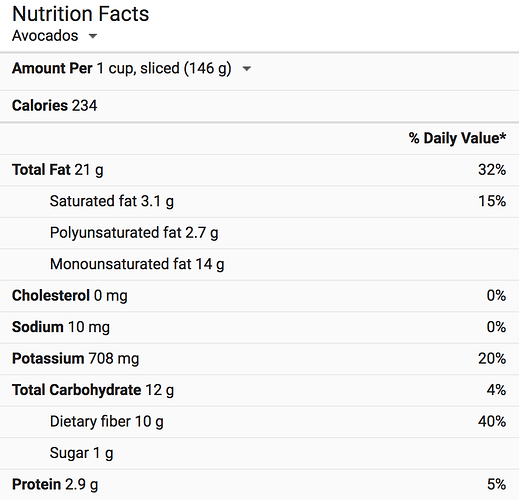So I came across this “Carbquick” stuff on Amazon…
Has 16g carbs but only 2g “net carbs” because of all the fiber. Ok, so by that logic if I add some wheat grass (or any fiber) to my smoothies, blend it all up, won’t I effectively lower the “net carbs” of the total drink?
*btw anyone have any experience with that carbquik stuff? Or can anyone recommend a better pizza dough alternative?
Thanks!

